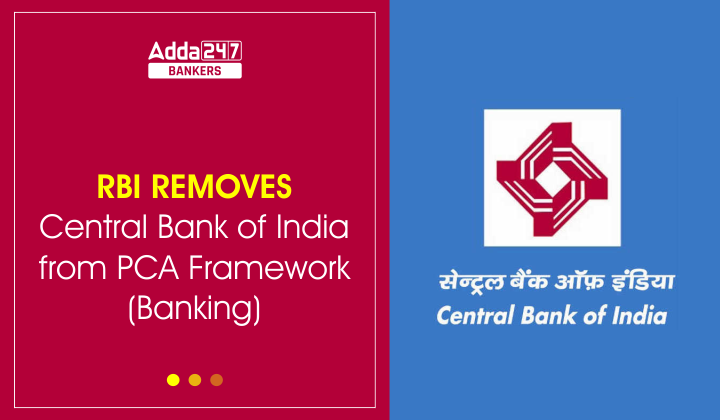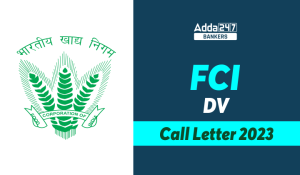RBI removes Central Bank of India from PCA framework: On Tuesday, the Reserve Bank of India (RBI) withdrew the Central Bank of India from its Prompt Corrective Action Framework (PCAF) after the institution improved in a number of financial criteria, including minimum regulatory capital and net non-performing assets (NNPAs).
RBI removes Central Bank of India from PCA framework: Key Points
- The Central Bank of India has been removed from the Prompt Corrective Action Framework (PCAF) blacklist, as stated by the Reserve Bank, following improvements in a number of indicators and a written pledge from the state-owned institution that it will abide by the minimum capital requirements.
- In June 2017, due to the large net non-performing assets (NPAs) and low return on assets of the Central Bank of India, it was put under the PCA framework.
- Indian Overseas Bank and UCO Bank, two of the three state-owned banks covered by the RBI’s PCA framework, were taken off the list in September 2021. The last bank from the public sector to exit PCA was Central Bank.
- The Board for Financial Supervision evaluated the Central Bank’s performance. According to the bank’s assessed financial information for the fiscal year that concluded on March 31, 2022, the lender is not in violation of the PCA guidelines.
- The bank has committed to meet the Minimum Regulatory Capital, Net NPA, and Leverage ratio standards on a continuing basis. It has also informed the RBI about the structural and systemic adjustments made to assist the bank in meeting these promises.
Prompt Corrective Action (PCA)
- The PCA framework was introduced by the RBI in 2002.
- The PCA norm, which is a monitoring tool, is implemented when a bank breaches specific regulatory criteria regarding capital to risk-weighted assets ratio (CRAR), net non-performing assets (NPAs), and return on assets (RoA).
- Capital To Risk-Weighted Assets Ratio (CRAR): The Capital Adequacy Ratio, commonly known as the capital-to-risk-weighted assets ratio (CRAR), is used to protect depositors while simultaneously promoting the stability and efficiency of global financial institutions. It measures a bank’s available capital as a percentage of its risk-weighted credit exposures.
- Non-performing assets (NPAs): It is a loan or advance for which the principal or interest payment is 90 days late. Banks further categorize NPAs as Substandard, Doubtful, and Loss assets.
- Return on assets (RoA): It measures how successfully a corporation uses its assets in terms of profitability.
- The PCA framework’s goal is to provide for timely supervisory intervention and to enable the monitored entity to adopt and implement corrective measures in order to restore its financial health.
RBI ने सेंट्रल बैंक ऑफ इंडिया को PCA फ्रेमवर्क के दायरे से हटाकर दी बड़ी राहत, जानें क्यों रखा जाता है PCA फ्रेमवर्क में
Current Affairs
| Current Affairs April 2022 | |




 FCI Assistant Grade 3 Previous Year Ques...
FCI Assistant Grade 3 Previous Year Ques...
 FCI Manager Previous Year Question Paper...
FCI Manager Previous Year Question Paper...
 FCI DV Admit Card 2023 Out, Download FCI...
FCI DV Admit Card 2023 Out, Download FCI...


